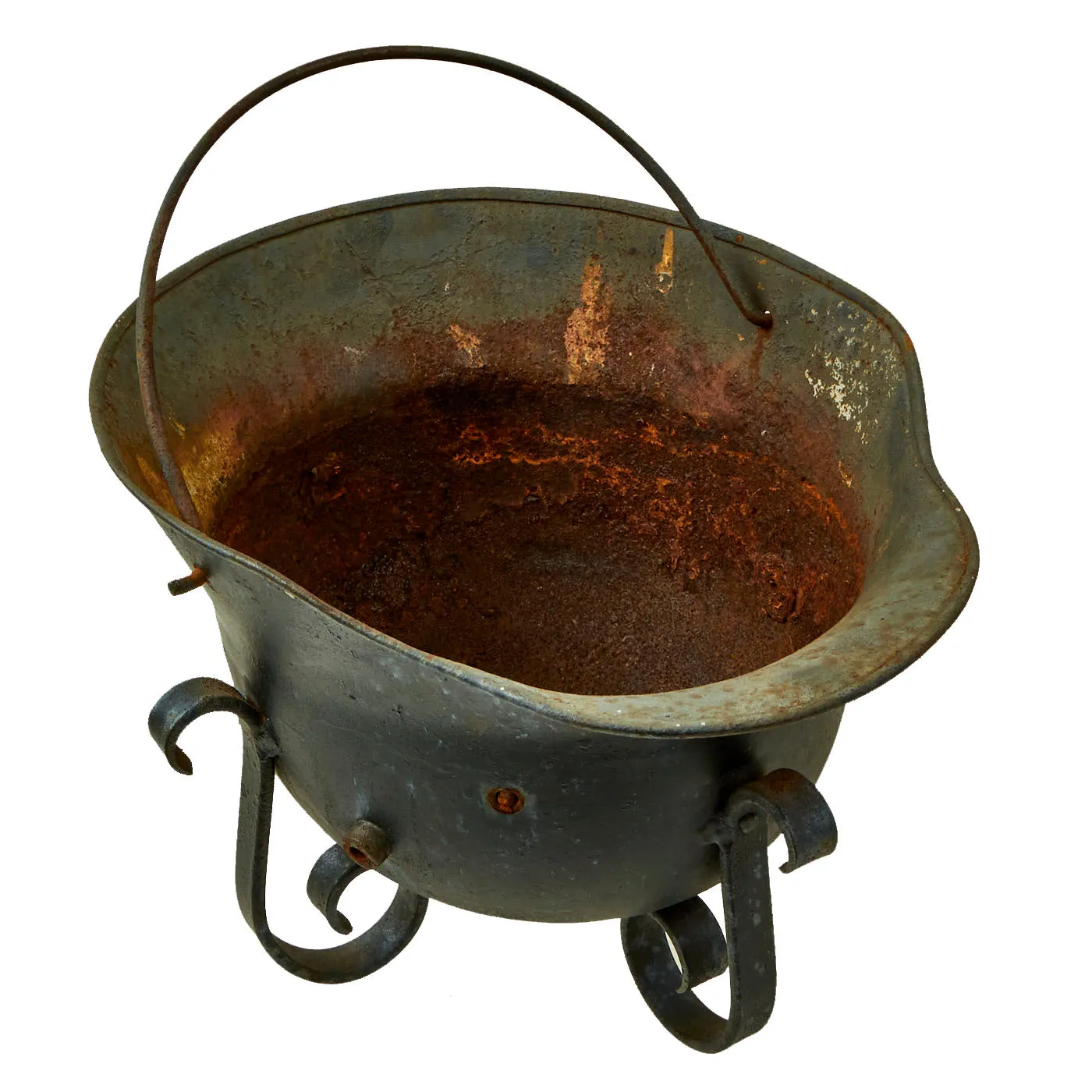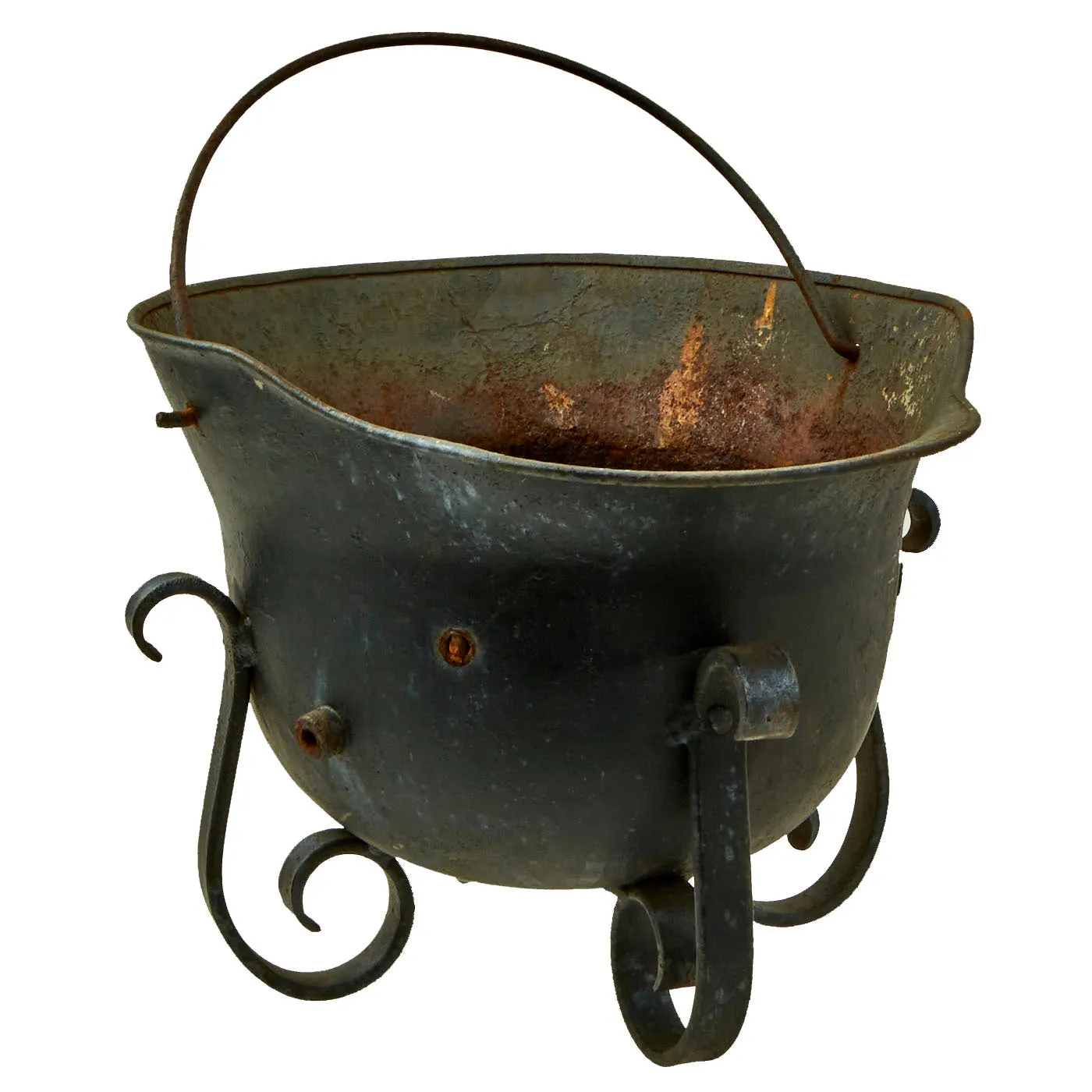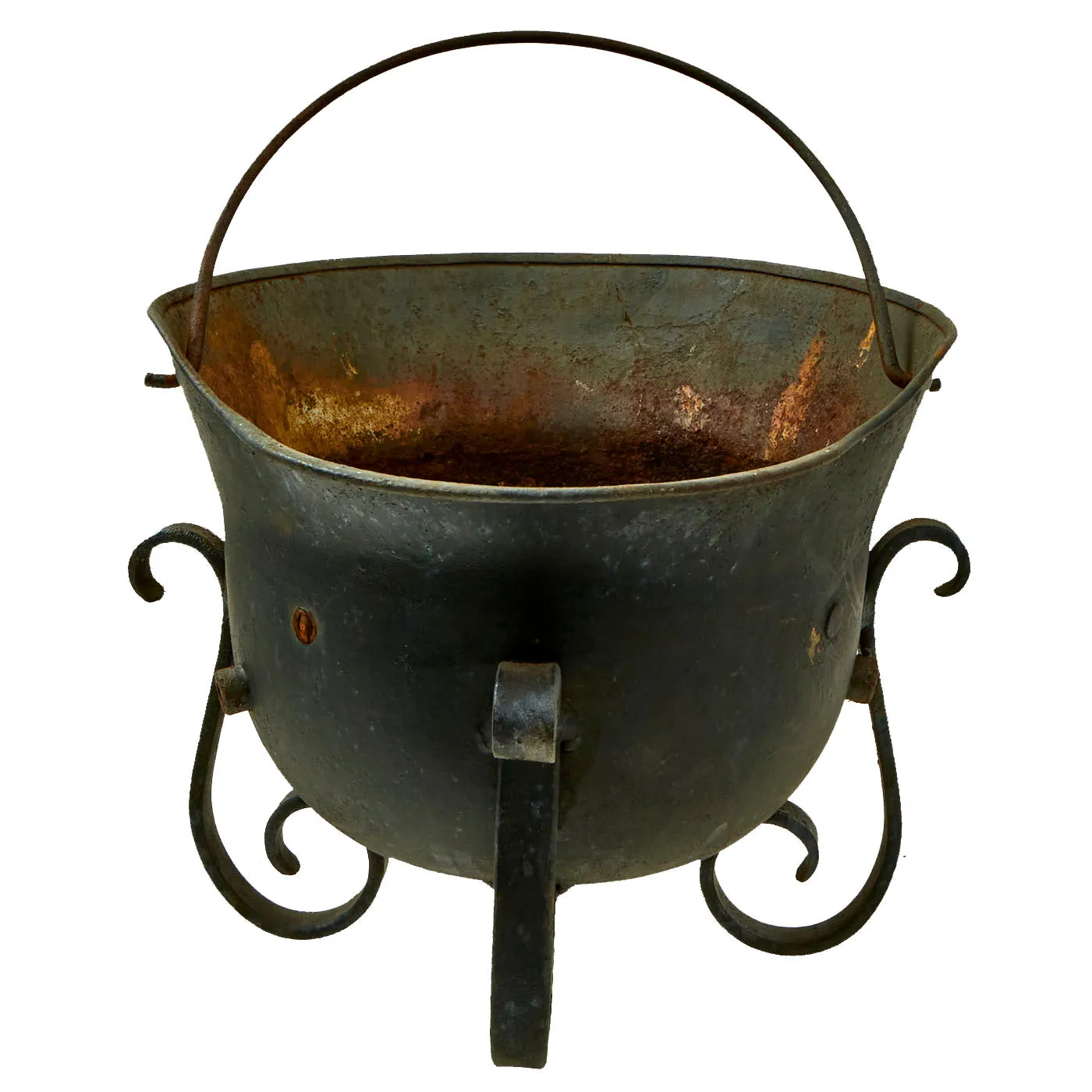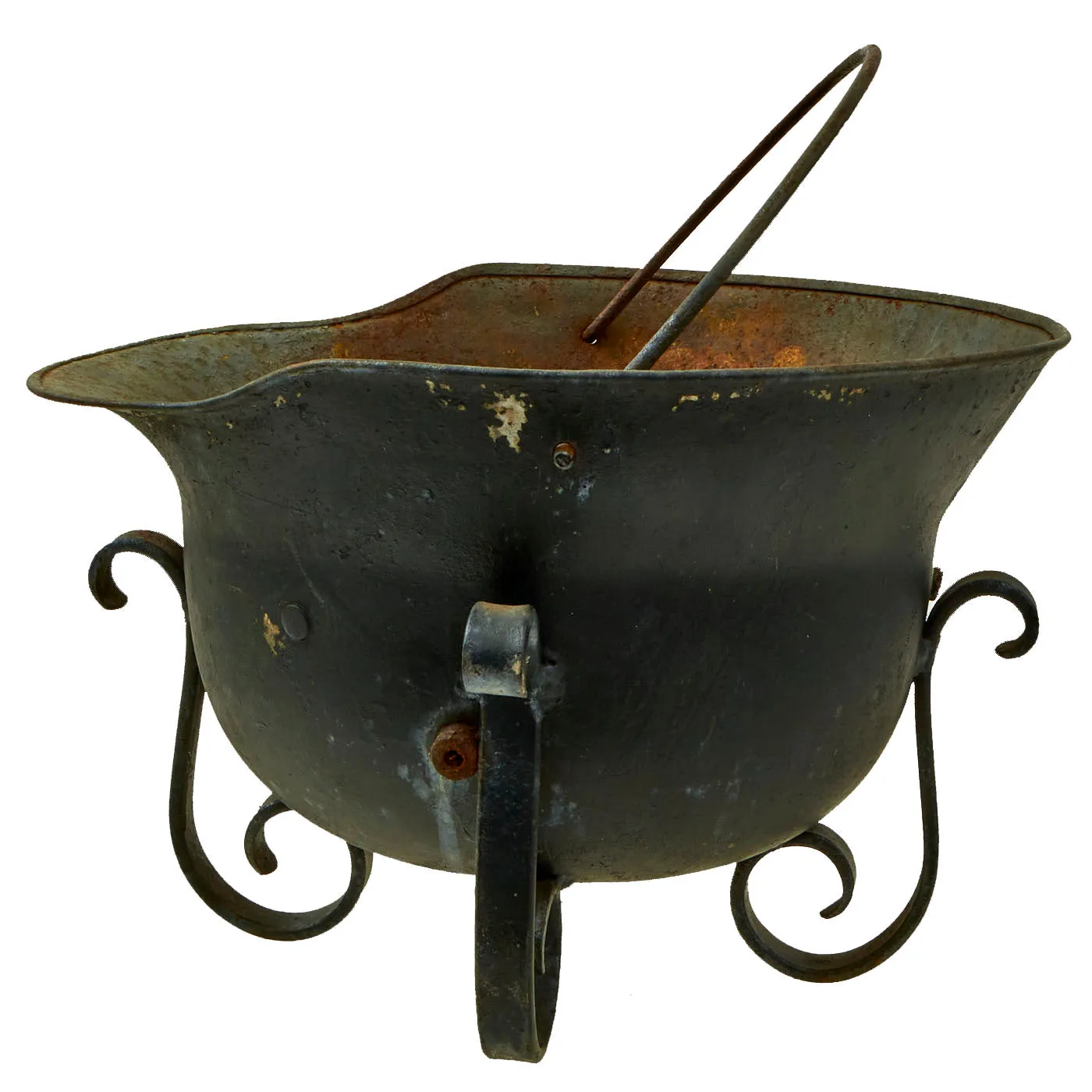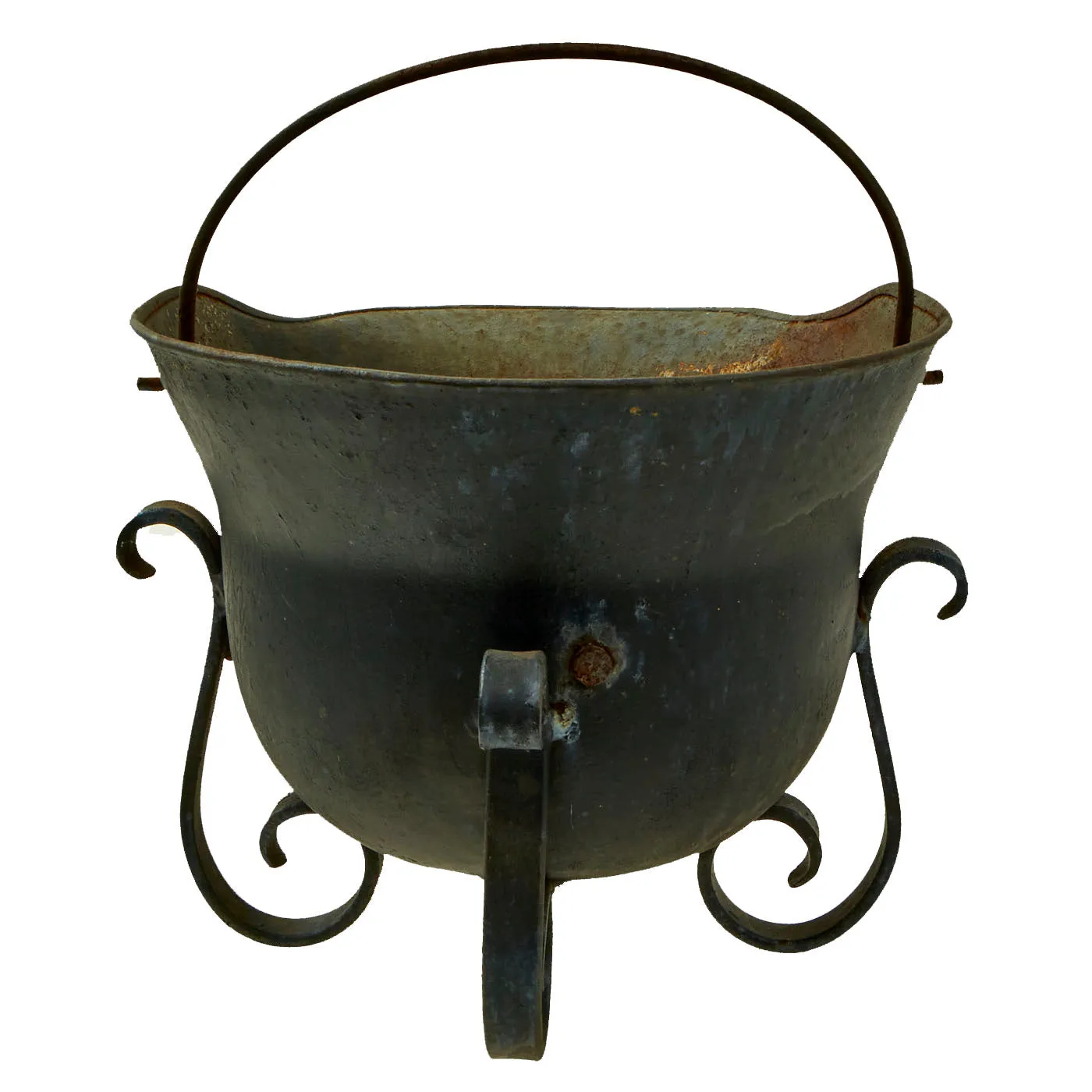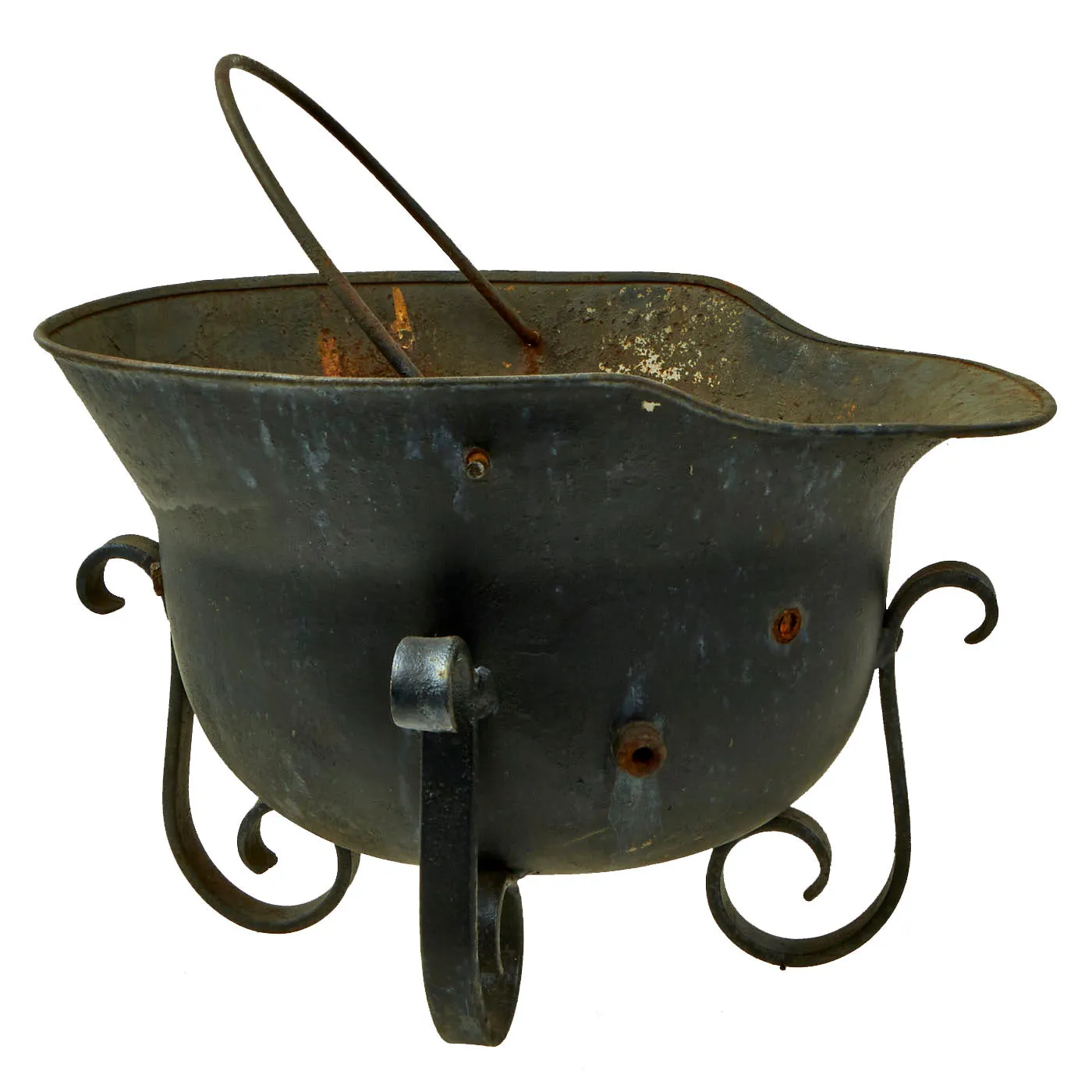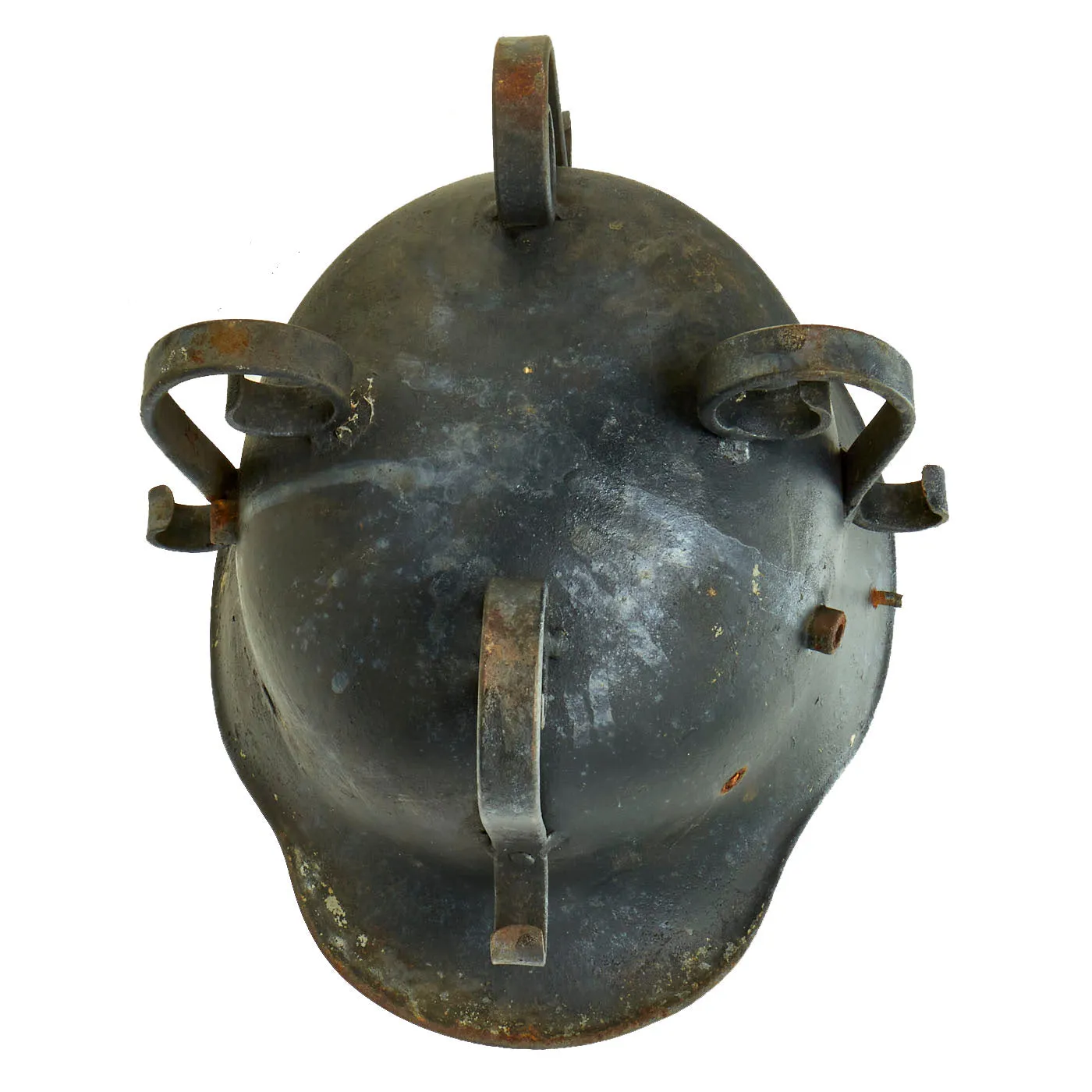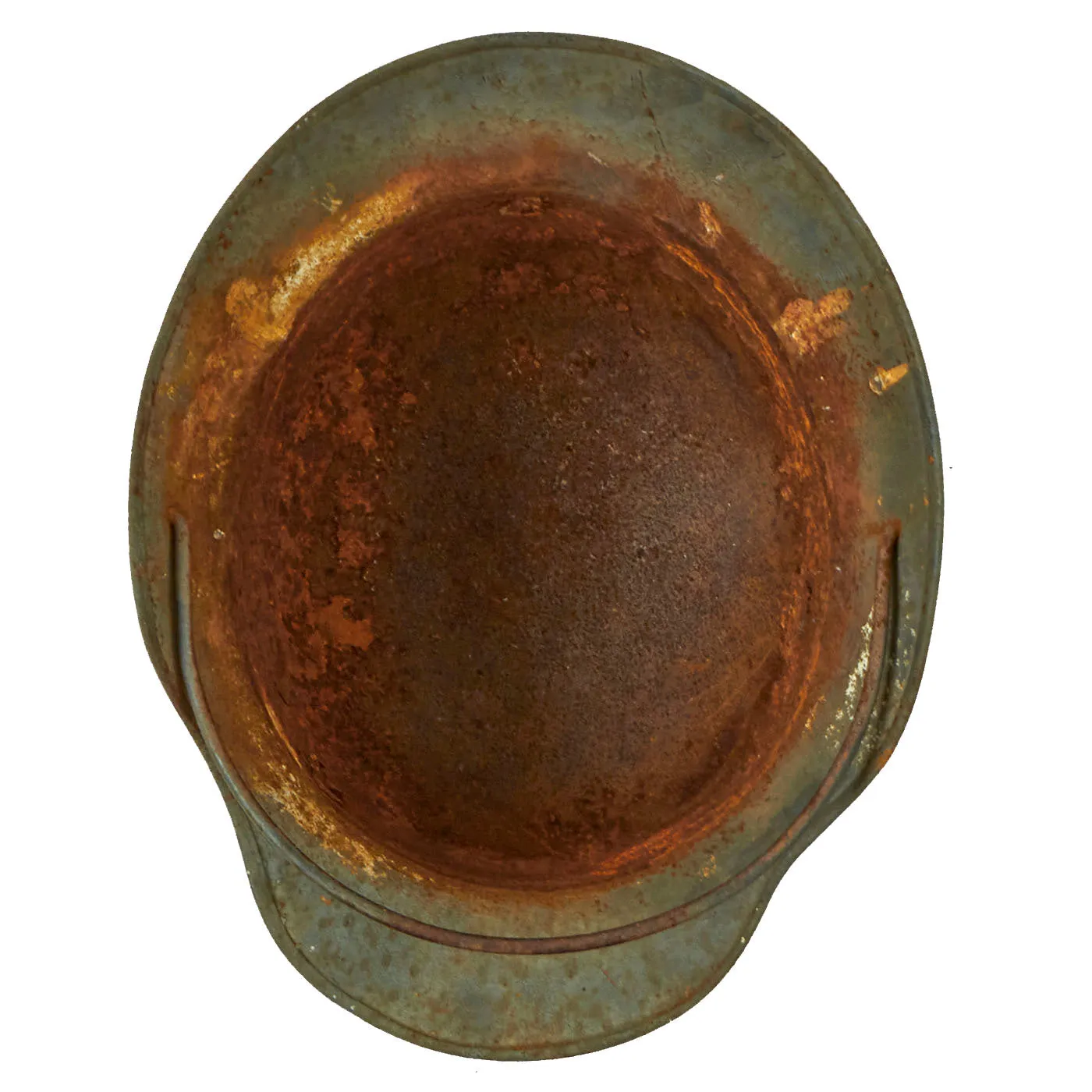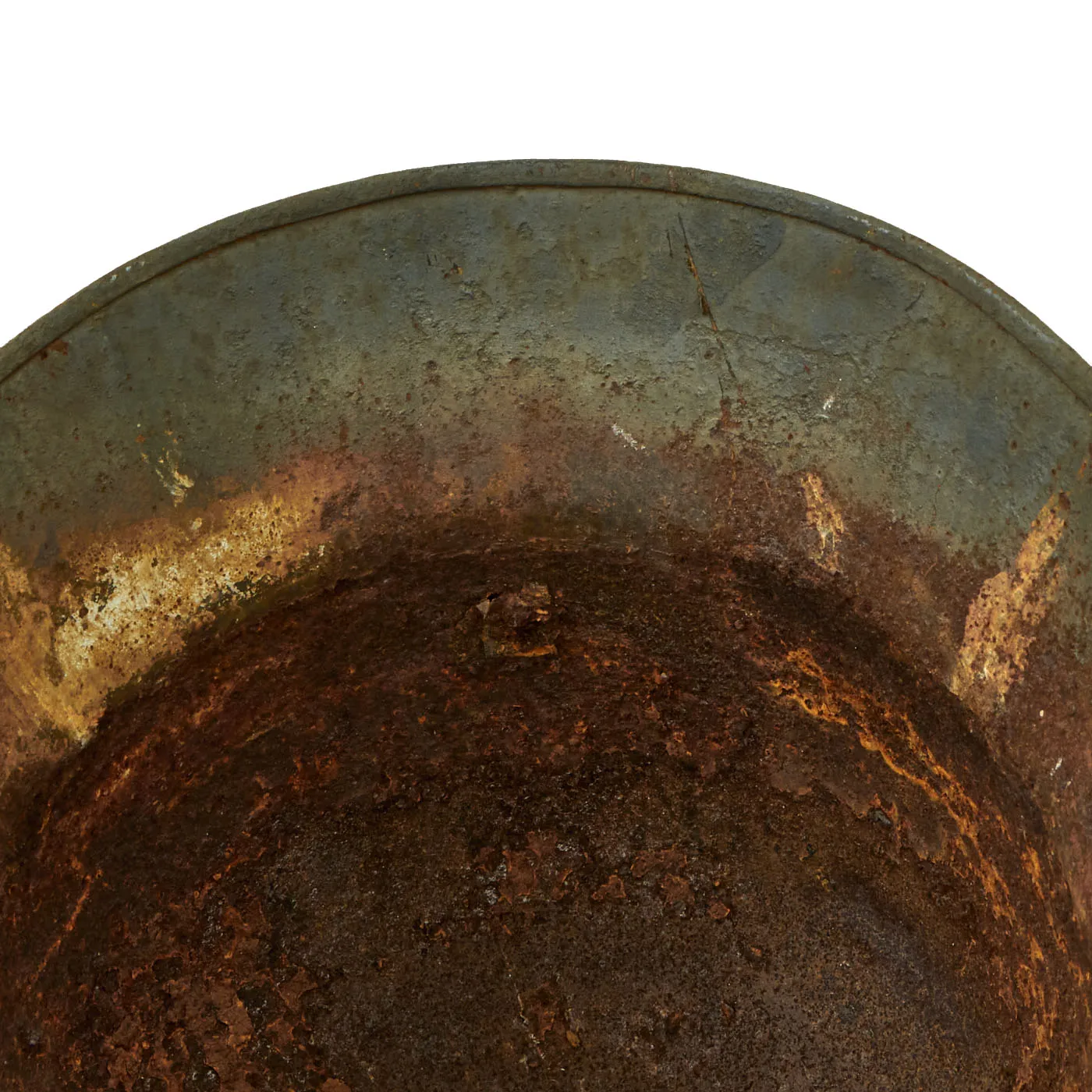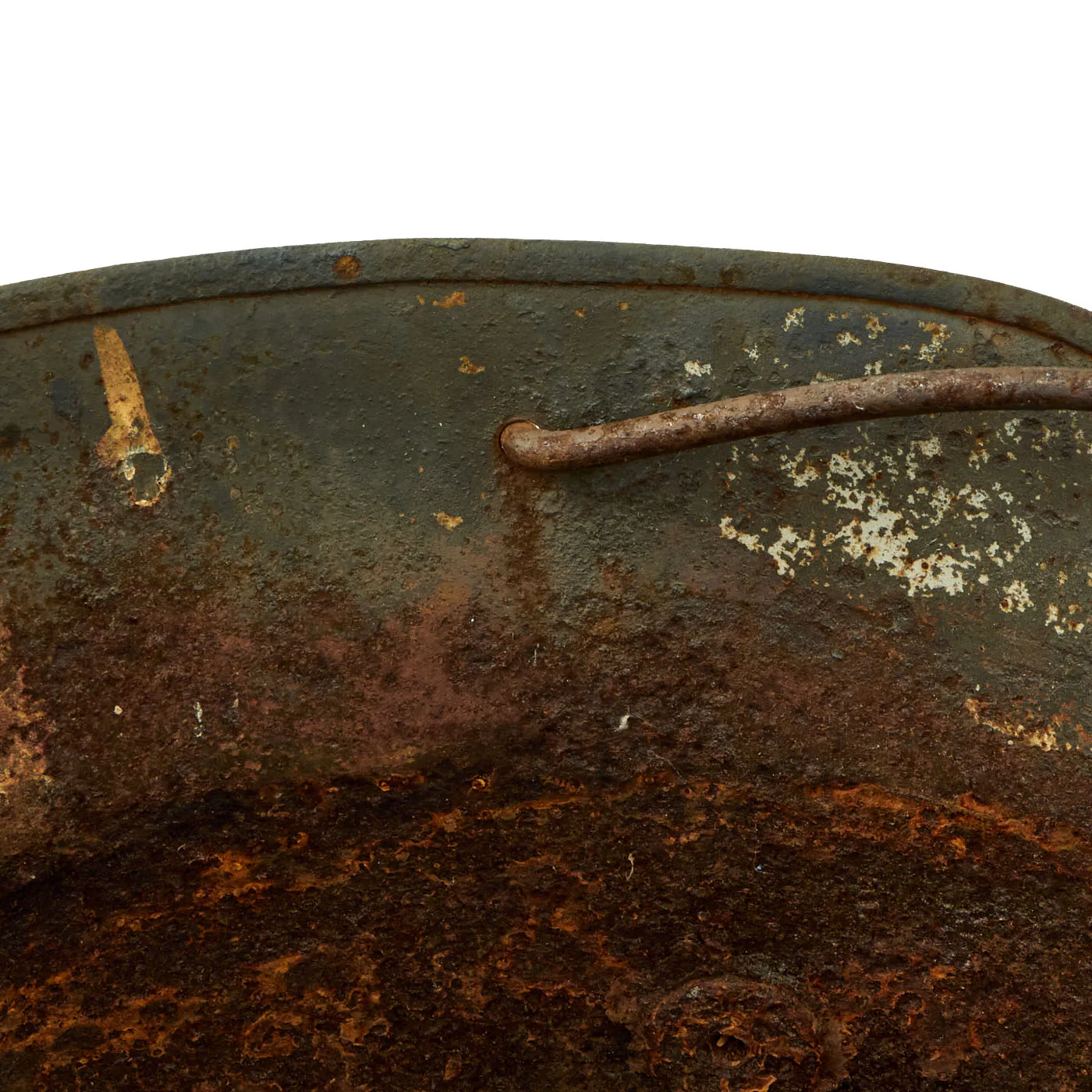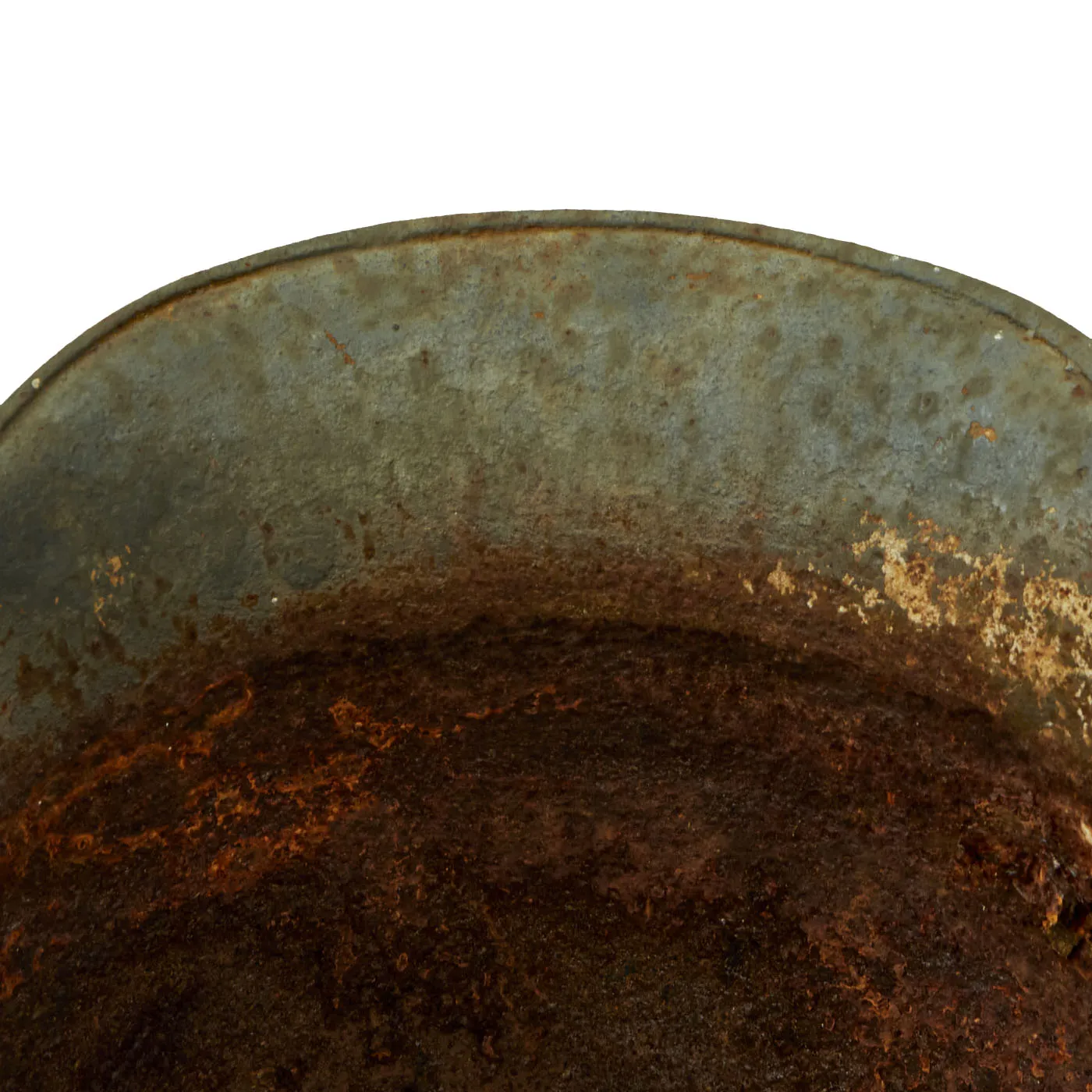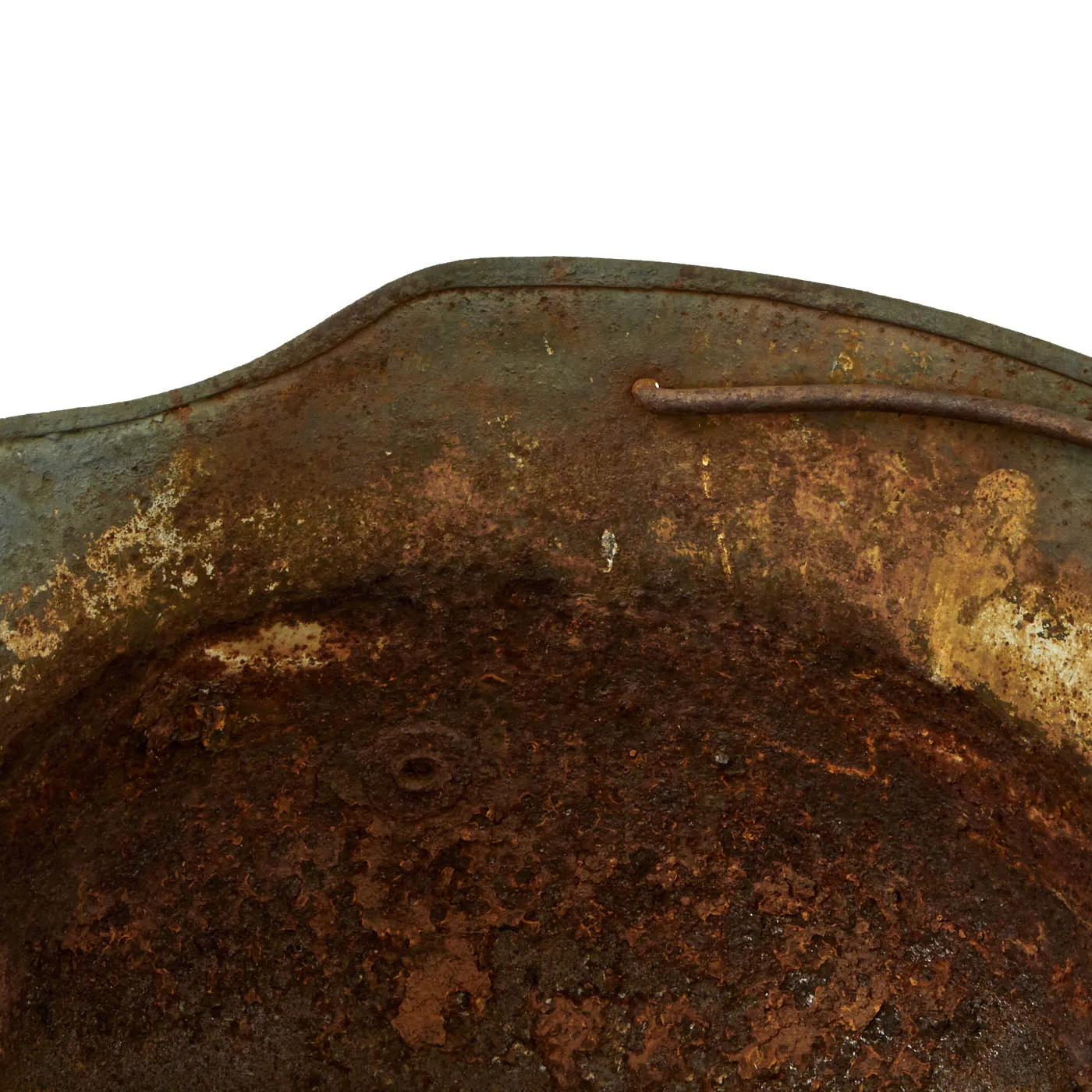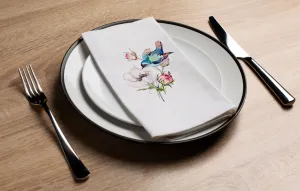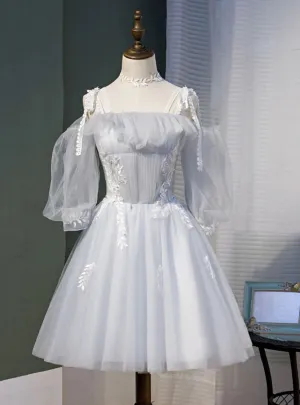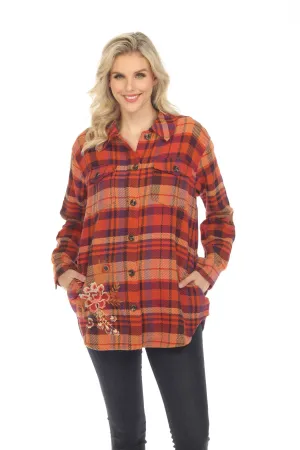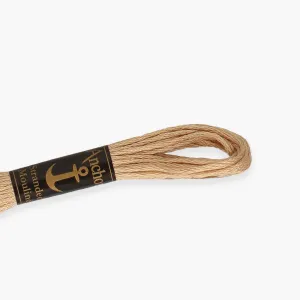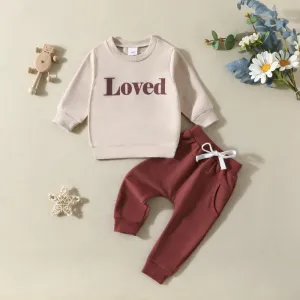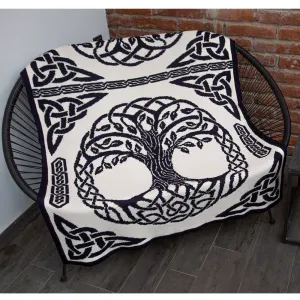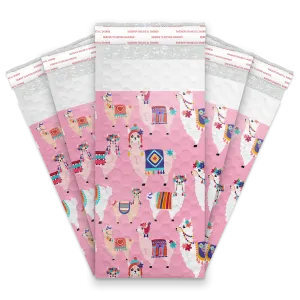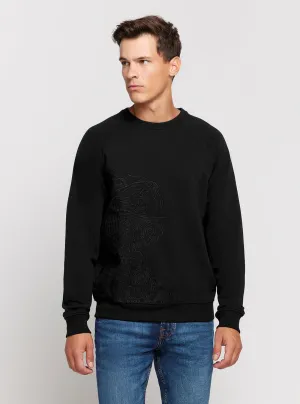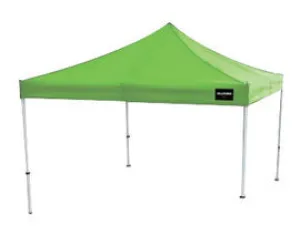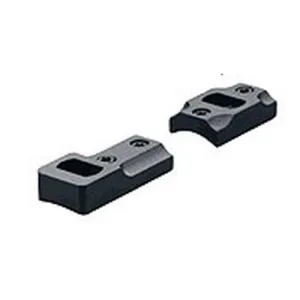Original Item: One of a Kind: This is truly a unique item of WWI Trench Art! This is an original piece which dates from WWI, which consists of a M-1916 German Stahlhelm which has been modified to appear and act as a coal scuttle!
The helmet, which originally started life as an M-16 Stahlhelm of a larger size (66 or 68…unfortunately the markings are unreadible), then had a handle added to the helmet through the holes were the chinstrap log attachment points were placed. The helmet then had added four curved iron feet welded to the base and sides of the helmet. This repurposed the helmet into a Coal Scuttle, which was a common household item in the 19th Century into the early portion of the 20th Century.
The helmet in its entirety was painted black, which shows some corrosion and oxidation from decades of storage. Ultimately, this is an absolute stunning piece of
History of the M16-
The Stahlhelm was introduced into regular service during the Verdun campaign in early 1916.
The M1916 design had side-mounted horn-like ventilator lugs which were intended to be support for an additional steel brow plate or Stirnpanzer, which only ever saw limited use by snipers and trench raiding parties, as it was too heavy for general use.
The shell came in different sizes, from 60 to 68, with some size 70s reported. The suspension, or liner, consisted of a headband with three segmented leather pouches, each holding padding materials, and leather or fabric cords could be adjusted to provide a comfortable fit. The one-piece leather chinstrap was attached to the shell by M1891 chinstrap lugs, the same kind used in the Pickelhaube helmet.
The M1916 design provided excellent protection: Reserve Lieutenant Walter Schulze of 8th Company Reserve Infantry Regiment 76 described his combat introduction to the helmet on the Somme, 29 July 1916:
"... suddenly, with a great clanging thud, I was hit on the forehead and knocked flying onto the floor of the trench... a shrapnel bullet had hit my helmet with great violence, without piercing it, but sufficiently hard to dent it. If I had, as had been usual up until a few days previously, been wearing a cap, then the Regiment would have had one more man killed."
But the helmet was not without its flaws. The ventilator horns often let cold air in during the winter, requiring the wearer to block the vents with mud or fabric. The large, flared skirt tended to make it difficult for soldiers to hear, distorting surrounding sounds and creating an echo when the wearer spoke.
Originally painted Feldgrau (field grey), the Stahlhelm was often camouflaged by troops in the field using mud, foliage, cloth covers, and paint. Official issue cloth covers in white and grey appeared in late 1916 and early 1917. Camouflage paint was not formally introduced until July 1918, when German Army Order II, No 91 366, signed by General Erich Ludendorff on 7 July 1918, outlined official standards for helmet camouflage. The order stipulated that helmets should be painted in several colors, separated by a finger-wide black line. The colors should be relevant to the season, such as using green, brown and ocher in summer.
After the effectiveness of the M1916 design was validated during the 1916 campaigns, incremental improvements were subsequently made.
Trench Art:
-Items Made By Soldiers:
There is much evidence to prove that some trench art was made in the trenches, by soldiers, during war. In With a Machine Gun to Cambrai, George Coppard tells of pressing his uniform buttons into the clay floor of his trench, then pouring molten lead from shrapnel into the impressions to cast replicas of the regimental crest. Chalk carvings were also popular, with contemporary postcards showing carvings in the rocky outcrops of dug-outs. Many smaller items such as rings and knives were made by soldiers either in front line or support trenches, especially in quieter parts of the line. Wounded soldiers were encouraged to work at crafts as part of their recuperation, with embroidery and simple forms of woodwork being common.
Again from With a Machine Gun to Cambrai, George Coppard recalls that, while recuperating from wounds at a private house in Birkenhead, "one kind old lady brought a supply of coloured silks and canvas and instructed us in the art of embroidery. A sampler which I produced under her guidance so pleased her that she had it framed for me." An example of therapeutic embroidery during World War I is the work of British military in Egypt, who were photographed sewing and embroidering for Syrian refugees. There was also the Bradford Khaki Handicrafts Club, which was funded in Bradford, UK, in 1918, to provide occupational therapy and employment for men returning from the trenches in France.
-Items Made By POWs and Internees:
The second category consists of items made by prisoners of war and interned civilians. POWs had good reasons to make decorative objects: free time and limited resources. Much POW work was therefore done with the express intention of trading the finished article for food, money or other privileges. Reference to POW work is made in the recollections of A B Baker, W.A.A.C., contained in the book Everyman at War, published by Purdom in 1930: "Part of my work had to do with prisoners quartered in a camp near to our own. Those Germans were friendly men. They were clever with their hands, and would give me little carvings which they had made."
-Items Made By Civilians:
The third category is items made by civilians, which mainly means civilians in and around the conflict zone, but would also include items made by sweethearts at home.
In 1914, the US set up the Commission for Relief in Belgium, headed by Herbert Hoover. It shipped staple foodstuffs, mainly flour, in the printed cotton flour sacks typical of the period. As thanks, the Belgians would embroider and paint in the designs, elaborating them with dates and flags and send them back to the US. Examples of these are now in the Herbert Hoover Museum, but some were sold to soldiers in Paris or given as gifts.
Civilians in France, in the zones occupied by troops, were quick to exploit a new market. Embroidered postcards were produced in what quickly became a cottage industry, with civilians buying the surrounds and embroidering a panel of gauze. These postcards depicted regimental crests or patriotic flags and national symbols in abundance, and millions were produced over the course of the war. At war's end, when civilians began to reclaim their shattered communities, a new market appeared in the form of pilgrims and tourists. Over the ensuing twenty years mountains of discarded debris, shell casings, and castoff equipment were slowly recycled, with mass-produced town crest motifs being stuck onto bullets, shell casings, fuse caps, and other paraphernalia to be sold to tourists.
-Commercial Items:
The fourth category is purely commercial production. After the war, tonnes of surplus materials were sold by the government and converted to souvenirs of the conflict.
Ship breaking, particularly if the ship had been involved in significant events such as the Battle of Jutland, resulted in much of the wood from the ship being turned into miniature barrels, letter racks, and boxes, with small brass plaques attached announcing, for example, "Made of teak from HMS "Shipsname", which fought at the Battle of Jutland".




